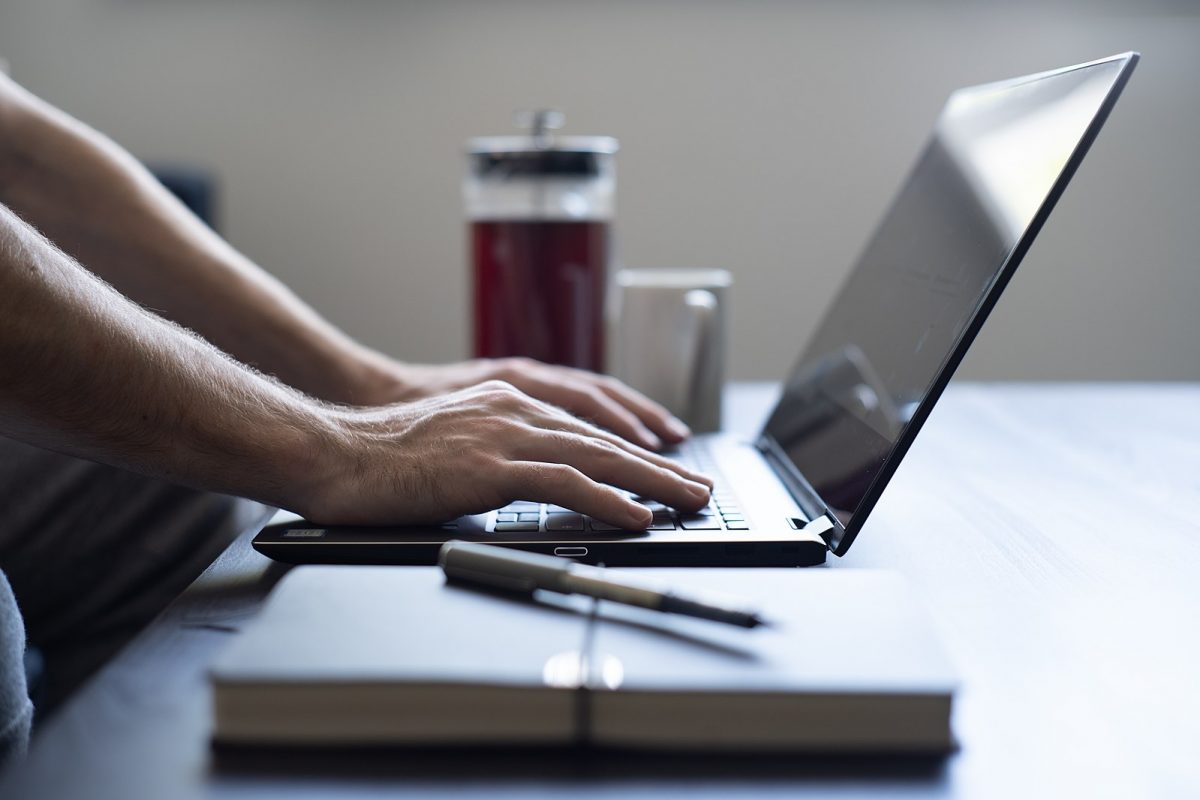By Lucy Crompton-Reid, Chief Executive of Wikimedia UK
On 16th March 2020, the UK Prime Minister asked the nation to stop non-essential contact and travel; a week before the start of what we now know to be a series of ‘lockdowns’ designed to contain Covid-19. I was working from home that day and immediately called my colleague Davina Johnson, Director of Finance and Operations for Wikimedia UK, to discuss bringing forward the closure of the office. As she works part-time and was therefore not in the office either, we decided that we would both go in the next day – along with any other staff who wanted to do so – to gather files, equipment and other things that we thought we might need if we were working remotely for a few weeks or months.
Of course, it has turned out to be a lot longer than a few weeks. Writing this blog post at the end of September 2021, I have been in the London office a total of four times since March last year. Whilst some staff have been in the office more regularly (notably Davina, along with a new Operations Coordinator who joined the team in July this year), most have been working at home throughout the pandemic. This has brought some unique challenges, as many of you reading this will be familiar with, but it has also brought some unexpected benefits. Programme Coordinators based in Scotland and Wales noted how, with everyone working from home, they felt more connected to the rest of the team. More effort has been made to share information online, and to find new ways of engaging with each other away from the office; and remote staff were not, as in former times, half forgotten as we all trudged into the meeting room and handed around biscuits and cups of tea while someone tried to make the AV work for a hybrid staff meeting.
Maintaining this feeling of parity and a shared organisational culture regardless of where staff are based is only going to become more important to Wikimedia UK. For one thing, our team has grown over the past year, and we now have five staff who are fully remote, while ten are notionally based in our London office. As we emerge from the pandemic, we are also moving to a hybrid model of working, in which staff will only be expected to work in the office on agreed days and for specific purposes.
Earlier this year, the Board of Trustees considered the options for future working, looking at what it might mean for the organisation to become wholly virtual, to return to office-based working, or to embrace more flexible working. They all agreed that as a small charity working within the socio-technological space, we have the opportunity to create a work culture and environment that combines the best of home working with intentional moments of in person gatherings across our staff, board and wider community for strategising, creative exploration and social connection.
In practice, we are moving to hybrid working whilst the country still grapples with Covid-19. Although all staff are now fully vaccinated, case numbers continue to be high and include ‘breakthrough’ infections in people who have had the vaccine. We have therefore put in place a series of measures to try to reduce the risk to staff and guests, and to make a gradual return to using the office as safe as we can for everyone. These include a requirement for a negative lateral flow test for any staff, board member or visitor to the office. For the time being we are also restricting the number of people in the office at any one time to a maximum of six. Alongside this, we are consulting with all staff individually to determine what their working pattern might look like within this hybrid model.
As a small organisation, we have the luxury of creating something that works for everyone, and takes individual preferences into account. But we will almost certainly make mistakes along the way. Over the next six months – or perhaps even longer – we will need to codify our expectations for how often staff will be in the office, and within what parameters they will be required to attend external meetings and events. We also want to consult with members and volunteers about their needs, and the shape of future community-focused activities. For anyone trying to reach us, email is probably still the best route. Whilst staff are now starting to return to the office, we can’t guarantee that there will always be someone there to answer the phones. It will probably be some months before we can be really clear with our stakeholders and the wider general public about how ‘open’ our London office really is; and I hope you will bear with us as we navigate this new reality. For now though, I’m just pleased to be able to meet up with staff and board members in person for the first time in 18 months. It’s been a long haul.






